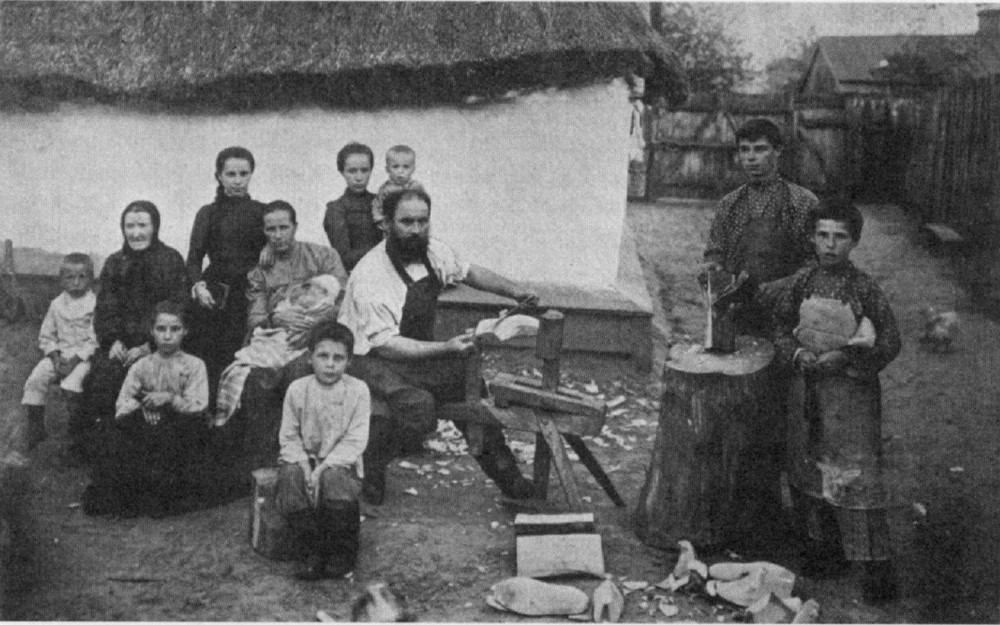
The role and place of sacrilege practices regarding icons and other Orthodox sacraments in the religious life of Stundists communities of Ukraine in the late 19th — early 20th century are studied. A number of historiographical stereotypes about the history of sectarian movements of the late imperial period are refuted. The thesis is substantiated that those practices were decisive for the formation of the confessional identity of Stundists peasants. Committing sacrilege over the icons and other Orthodox sacred objects for Stundists was a means of initiation into the community of the chosen, a tool of provocation to cause persecution to recall the history of early Christianity, a consequence of inversion thinking and a product of archaic mentality. There is no reason to identify all Stundists of the 60s-80s of the 19th century with Protestantism. Despite the undoubted influence of German colonists and preachers on the emergence of Ukrainian peasant Stunda, Stundists in their sacrilege actions were almost not guided by usual Protestant arguments. As a rule, they did not identify themselves with Protestantism and its theological doctrines. At early 20th century after introducing religious tolerance in the legal field of the Empire, the use of sacred images became the norm in legitimate Baptists communities, but was still rejected by rural Baptists.
Source: Savchenko S. (2020). Sacrilege as ‘True Piety’: Religious Practices of Stundists Peasants in the Second Half of the 19th – Early 20th Century. Eminak. №3(31): 62-79
Source web-site: https://eminak.net.ua/index.php/eminak/article/view/436/264
Number of views: 2080